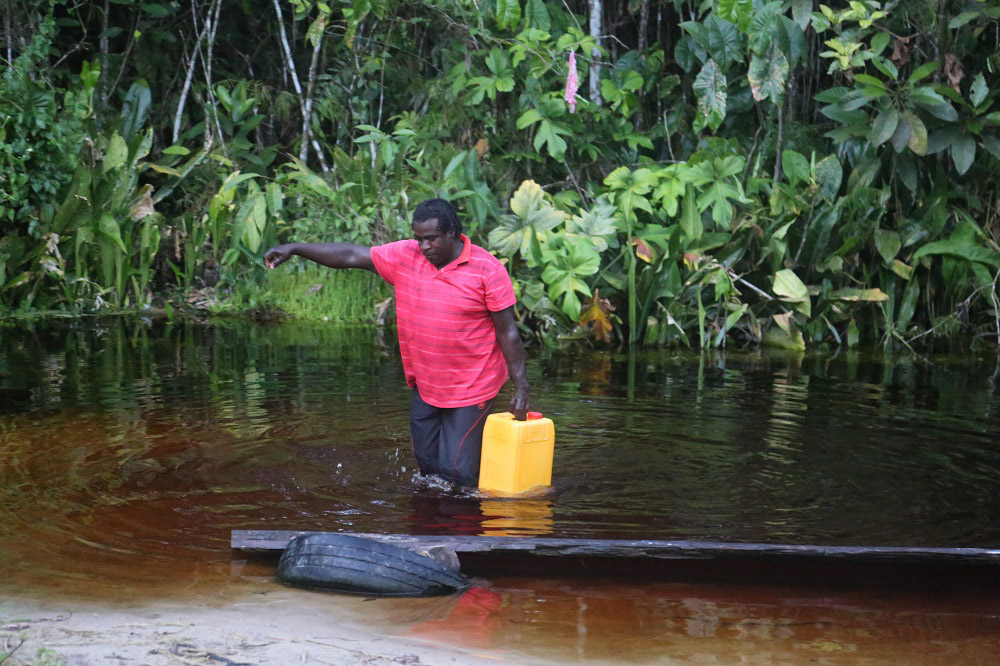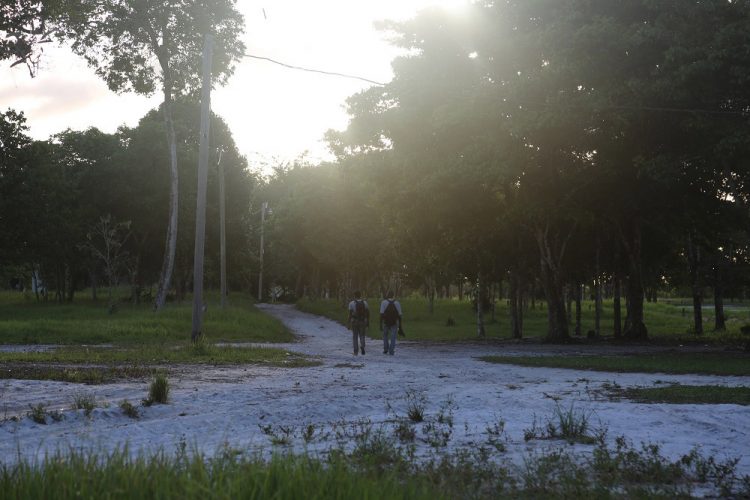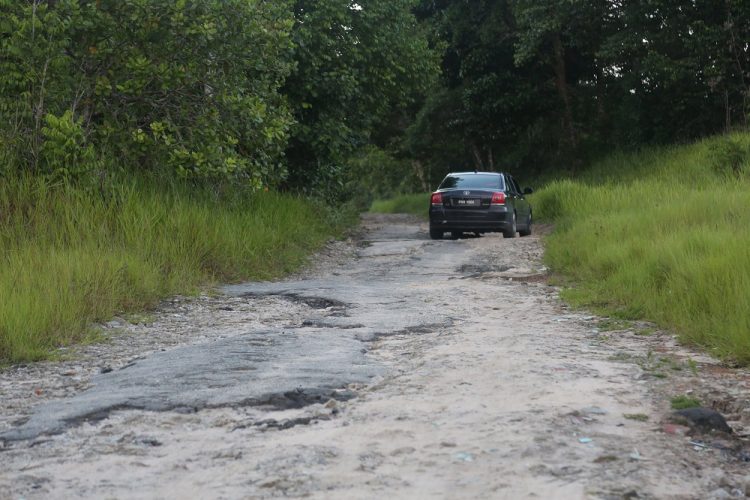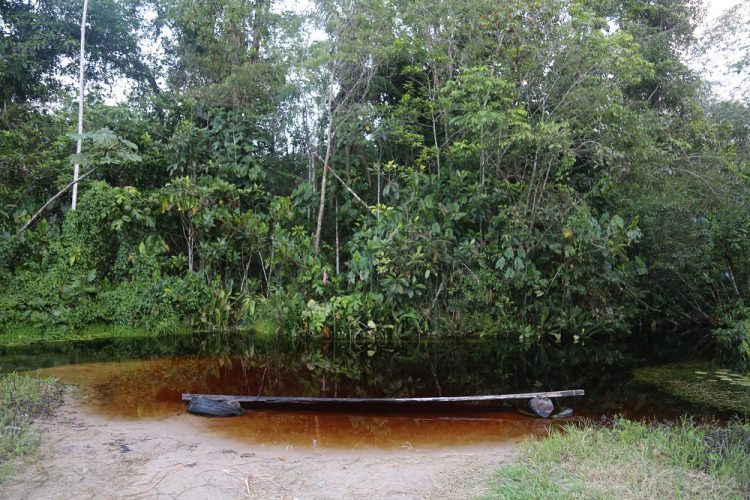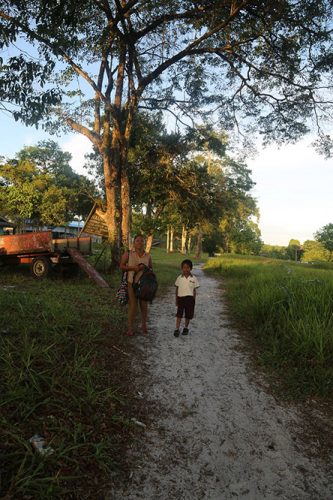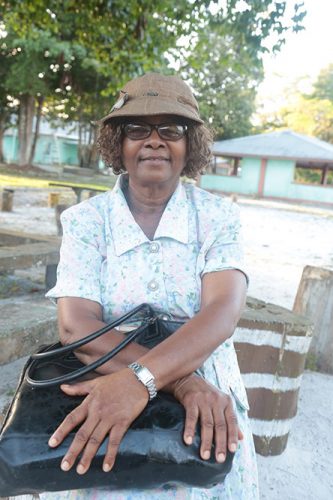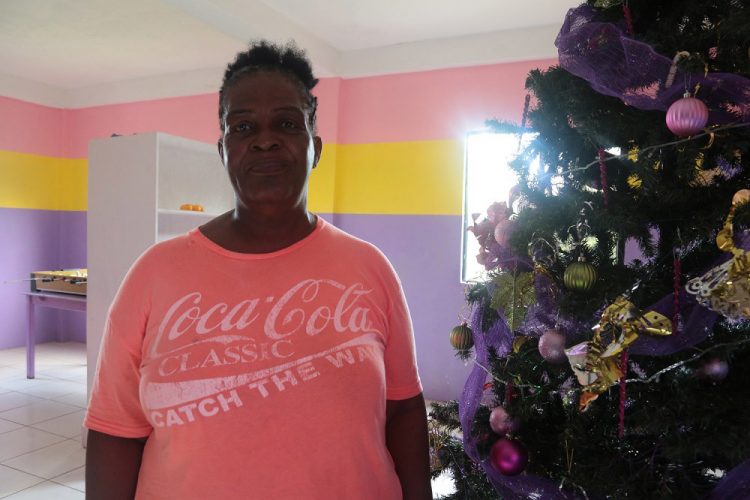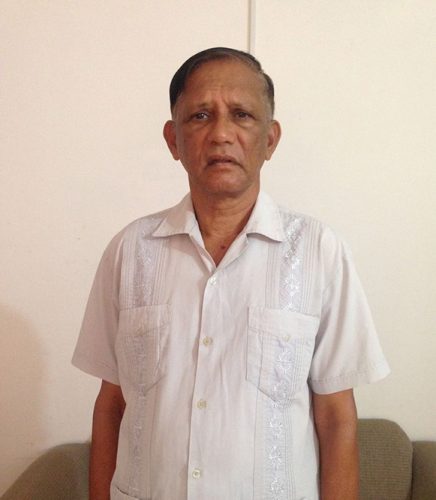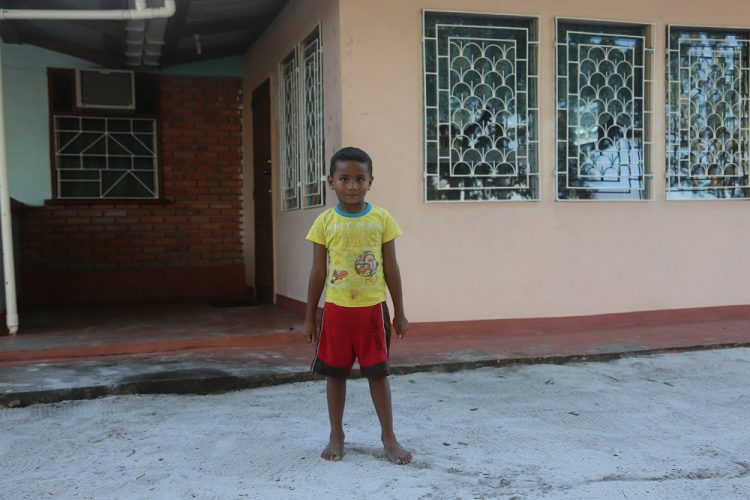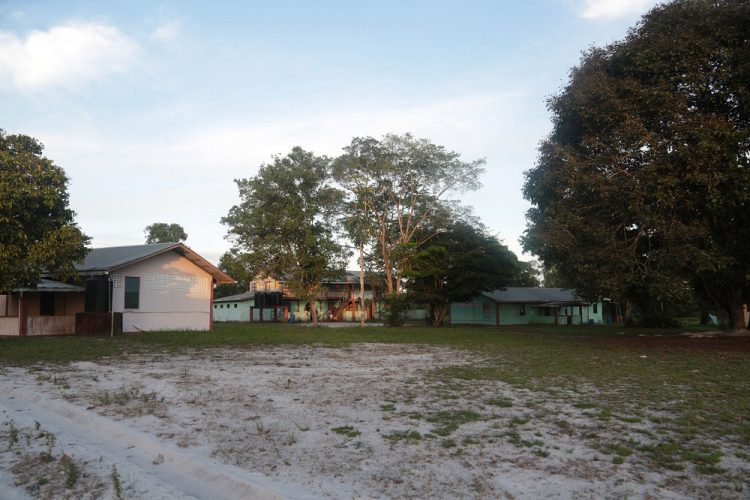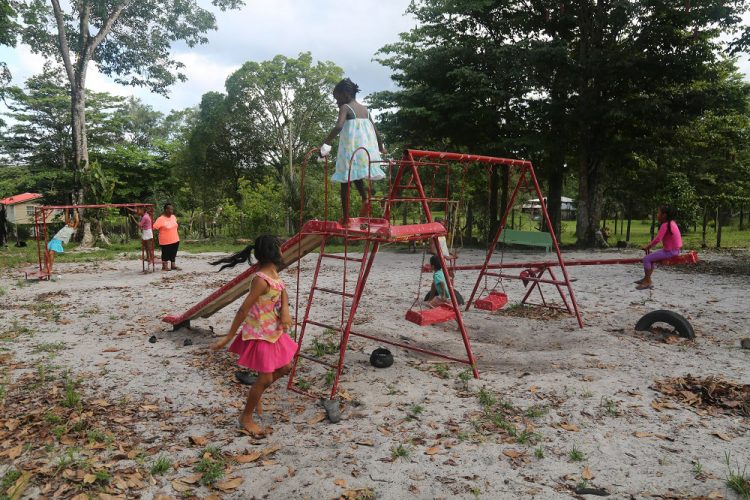Hauraruni is a Christian cooperative approximately 34 miles from Georgetown or 15 miles from the Soesdyke junction on the Linden/Soesdyke Highway. It was built in the 1970s on state land leased to the Full Gospel Fellowship.
Hauraruni is said to be an Amerindian word which means ‘Land of Plenty’.
Earlier this week when the World Beyond Georgetown revisited Hauraruni, the drive up the small hill proved to be harder than expected with the driver inching along a badly deteriorated road. However, the picturesque view from the top made it worth the effort.
Under enormous trees including one called the ‘Monkey Cutlass Tree’, wooden benches, tree stump and some rocks provide seating. Buildings enclosing this area include dormitories, a dining hall and kitchen, library, chapel, schools, health centre, furniture factory, a workshop for welding and mechanic, small bakery, sewing factory, a small grocery shop and the Hauraruni Girls’ Home.
The home, which was established by the late Reverend Philip Mohabir in the 1980s and monitored by couples who acted as house parents, initially served both boys and girls. Over the years, the then Hauraruni Children’s Home provided a haven for less fortunate children and helped nurture them holistically contributing to their spiritual, psychological, social, emotional and physical well-being. The first house parents were Terrence and Roxanne Haynes, who were replaced by Joseph and Doreen Livan in 1985 after they migrated to Georgetown. In 1996, when the Livans sought to build their own home, the idea of leaving the children they took care of for over ten years was heart wrenching and so they took them along with them to their home, Bright Horizon in Kuru Kururu. Empty for the first time in years, the home underwent extensive renovation, most of which was done in 1998. But the reopening was not until December 1999 as it took some time for it to be refurnished.
When it did reopen, the home catered for girls only. Michael and Carolyn Maloney from the UK served as the house administrators before returning to their home in 2000. The home has since seen other house parents: Hermon and Janice Blackburn, Hess and Alexis Harry, Kempton and Seon Lindore, Jagat and Yvette Jacob and at present Dianne Daly.
On my visit, before I even entered the door, my attention was drawn to pairs of slippers in a neat a row belonging to the 17 children living there. At the time one of the girls Sasha, was at home with a cold along with JB, a three-year-old boy who was staying there with his two older sisters because the Child Care and Protection Agency (CCPA) did not want to separate the siblings. It was learnt that he would stay there at least until he is five.
Inside the home, there is a well-organized layout of dining room, kitchen, recreational area and library, while the girls sleep upstairs on bunk beds. There were a few signs of disrepair, including the upstairs floorboards.
Daly said that although the home first began by accepting less fortunate children, all of the current residents had been referred by the CCPA because of neglect or some other form of abuse. She said donations take care of meals and whatever else the children need. The government helps with an annual stipend of $200,000, but it can only stretch so far. While Daly is the house mother, she is assisted by other caretakers who help to clean and cook. They also help with ironing the children’s clothes, plaiting of their hair and assisting with homework assignments among many other things.
Daly said that she moved from Buxton to serve as a cook at the training centre in Hauraruni in 1980. “Knowing I was going into a remote area, I conditioned my mind that I was doing God’s will… having a purpose; that’s what matters. We were like a family, we still are. My experience is fulfilling and caring for less fortunate children is one of my passions,” she said.
Daly, who has been house mother for four years now noted that one challenge was having to deal with children from different backgrounds; they usually have one-to-one discussions with them. Sometimes, she noted, if this is deemed a worthy course of action, the CCPA will return children to their homes. Others could stay at Hauraruni until they are 18, before they have to go off on their own. The girls staying at the home at present are between the ages five to 14 years old.
Sixty-eight-year-old Elma Easton works in the admin department. She was reading in the waiting room when we met. Easton was one of the community’s pioneers. She was 19 years old when she arrived at Hauraruni, and a passionate student who yearned for the life they now live.
“Philip Mohabir was the founding leader. I was his secretary,” she related. “We were first located at Stanleytown but then outgrew there. The government had requested that persons take up space along the highway, so we did. It was rough; we weren’t accustomed to living in such a remote area and [much] of the work we did here, we did by hand.”
Easton told of the makeshift beds and the jute bags she and 126 others used for sleeping; they came to work for God, she said.
“I’m really grateful to God. Without Him we wouldn’t have been able to accomplish as much as we were able to. It was God who strengthened us to do what we had to do in those days. When we came here, the government warned us that the ground was not fertile; we prayed and planted. We were determined to make it work, we were a zealous people,” said Easton.
She said they are currently working on their own young people now to be as passionate about God’s work as they were adding that they often remind them of the saying ‘You are only strong as your weakest link’ so they try to encourage each other.
Today, she said, Hauraruni has children attending the nursery, and primary/primary-top schools in the community; some travel to other schools outside. Persons work as cooks, farmers, librarian, teachers, caretakers, mechanics and welders in the village; others have taken up jobs outside. Until recently Hauraruni was provided water through a well that was filtered, but on Wednesday last, Basic Needs Trust Fund handed over a water system which includes a pump that fills overhead tanks to supply each house. The village also has electricity.
Apostle Keeshan Banwarie is the successor of Mohabir. As an apostle, his job is to train upcoming pastors of the Full Gospel Church. Over the years he has trained hundreds.
Banwarie had grown up in a strict Hindu home in De Willem on the West Coast Demerara. When he converted to Christianity in 1973, things didn’t go so well at home. Two years later, when he was 21, he moved to Hauraruni. His father died shortly after, but he was able to mend things with him before this happened. His mother and many of his relatives have since converted.
Currently he is training 32 ministers.
Banwarie noted that Hauraruni is occupied by residents affiliated with the church, but from time to time other Christian denominations use the facilities. The health centre, though built by them, is serviced by government health officers.
Banwarie said the community needs an all-weather road. They had applied to the relevant ministry and were told by both the previous administration and the current one that it would be addressed; nothing has been done as yet. Hauraruni he said, could also use landline phones.
Persons wishing to donate to the Hauraruni Girls’ Home can contact administrator Deoram Timram on telephone number 609-0107.
